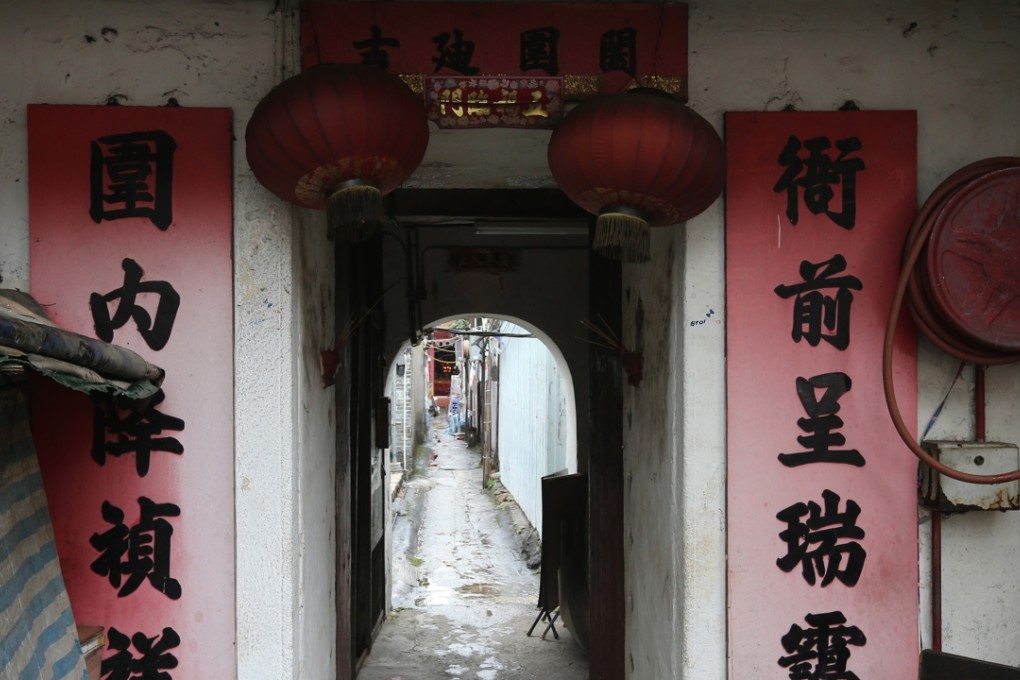Moving day arrives for residents of Kowloon’s last urban walled village
Nga Tsin Wai Tsuen near Kowloon City slated for handover to Urban Renewal Authority for modern development from Monday

Hong Kong’s last urban walled village in Kowloon reached its demise as the deadline for its last residents to move out was today.
Occupying an area of nearly 50,000 square feet near Kowloon City, 600 year-old square-shaped Nga Tsin Wai Tsuen once had watchtowers and even a moat to protect its inhabitants against attacks from pirates.

“We all once stood firm with our wish to stay. But, one by one, people left. So, I couldn’t stay,” said 53-year-old Kwok Yue-ka, who had run a street-level barber shop on the outskirts of the village and living in a squatter hut above it for over 20 years.
READ MORE: Arrogance and incompetence at Hong Kong’s Urban Renewal Authority in U-turn decision
“All I want now is the same compensation the others receive.”